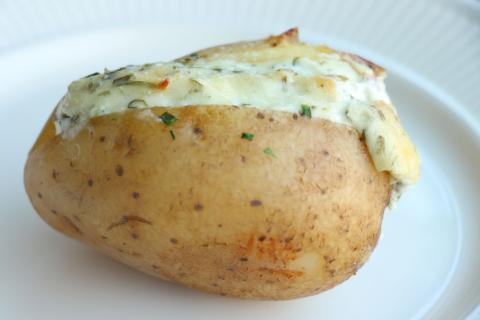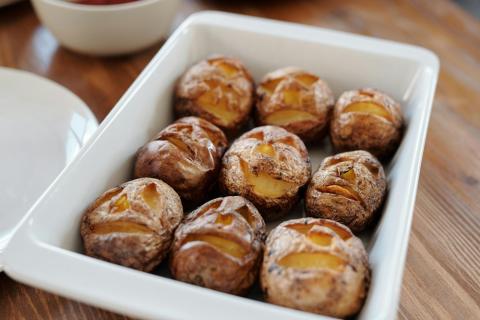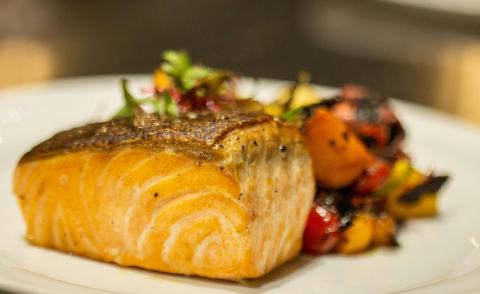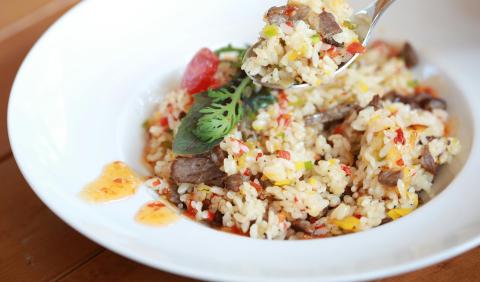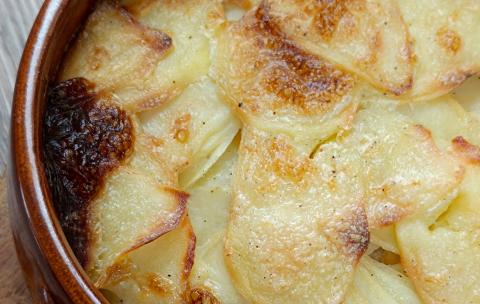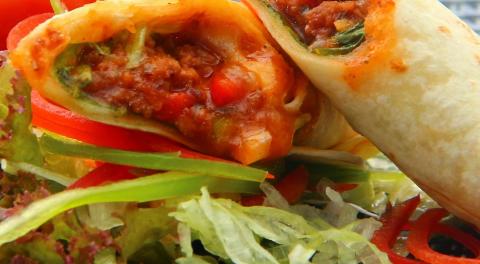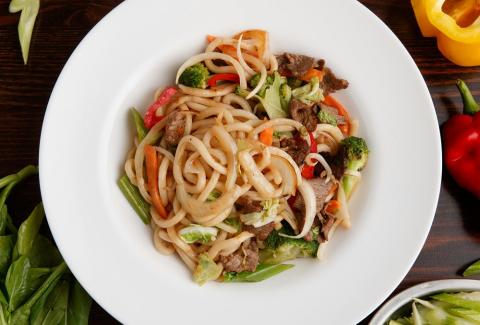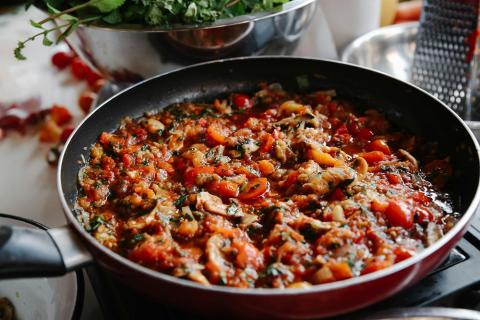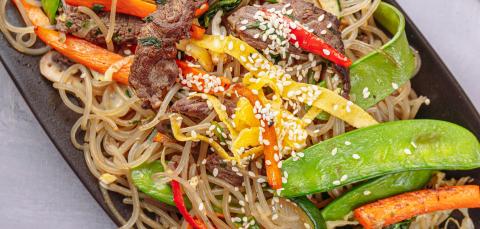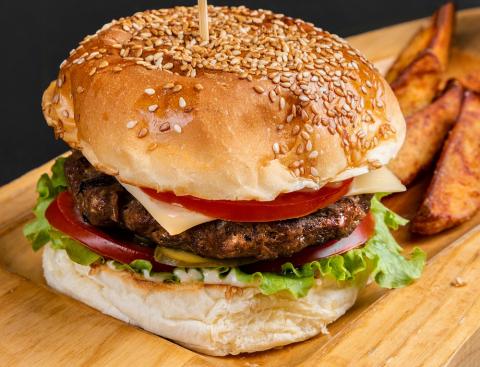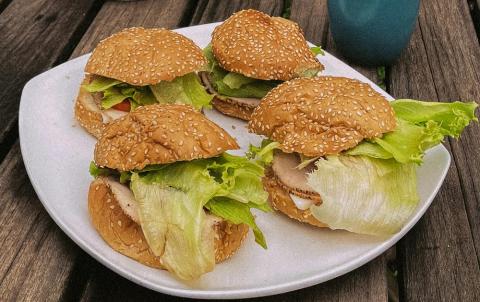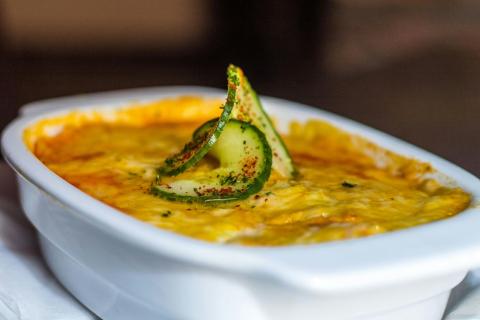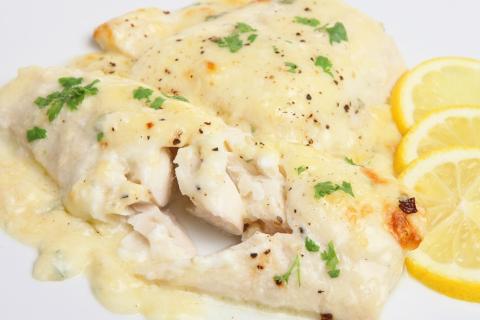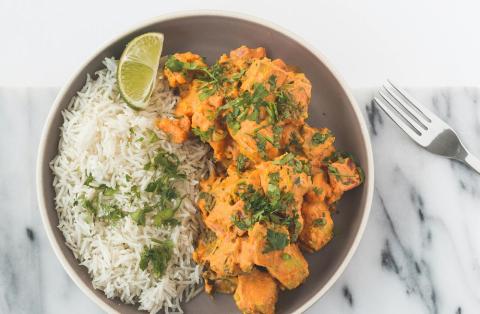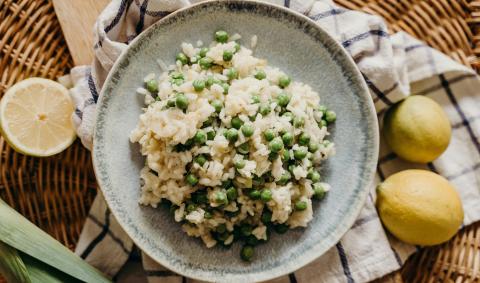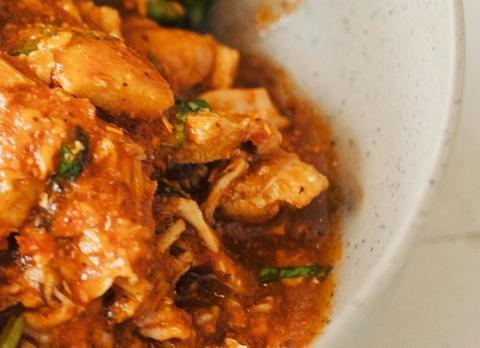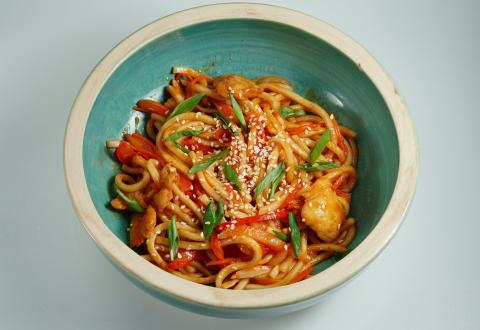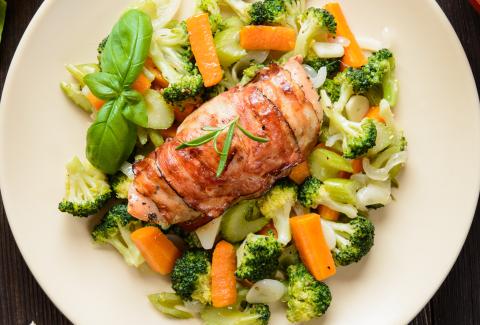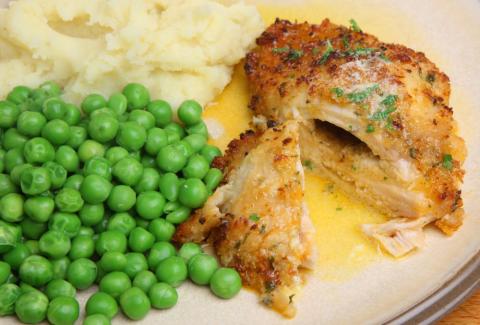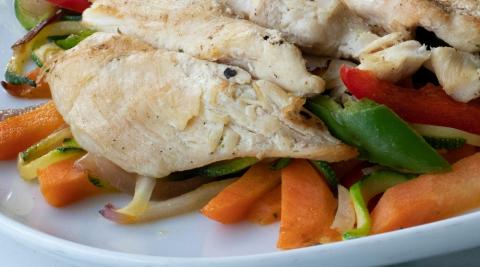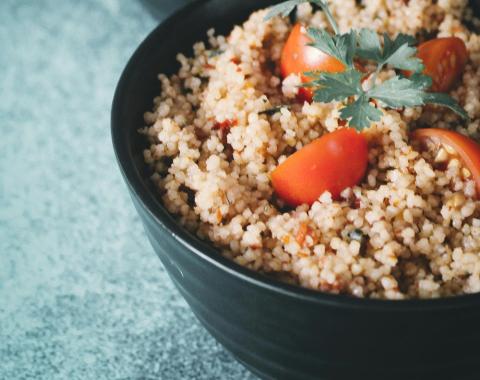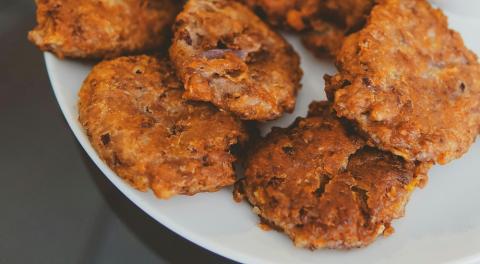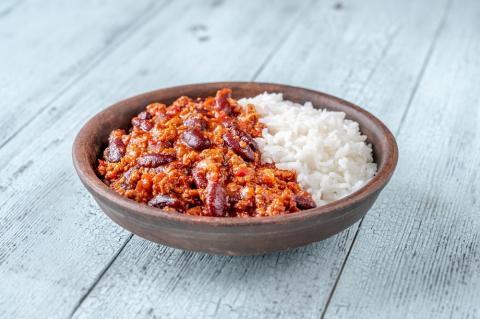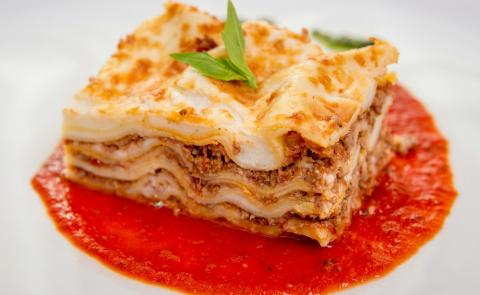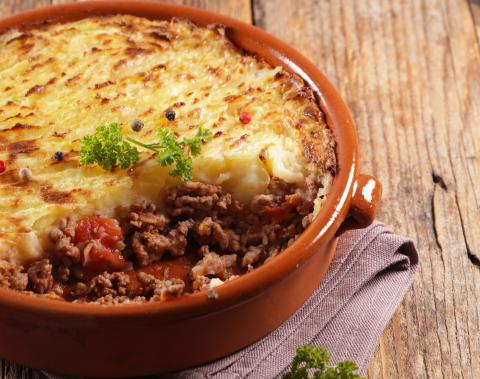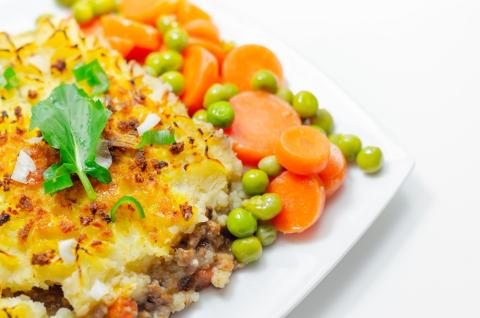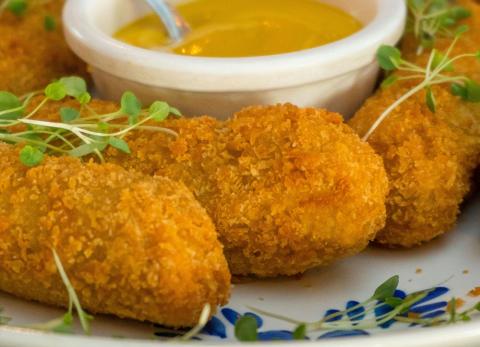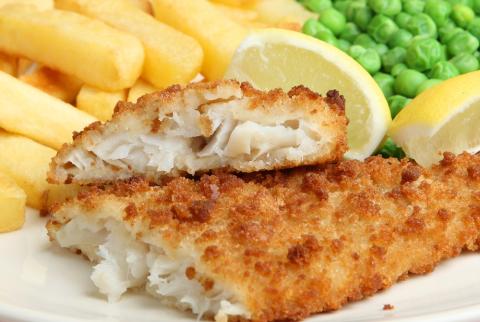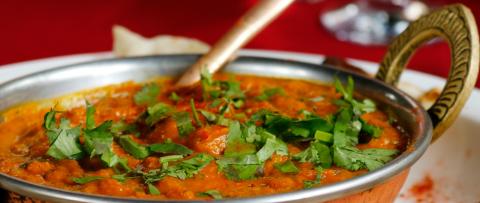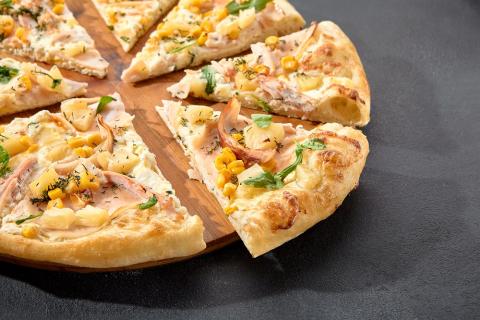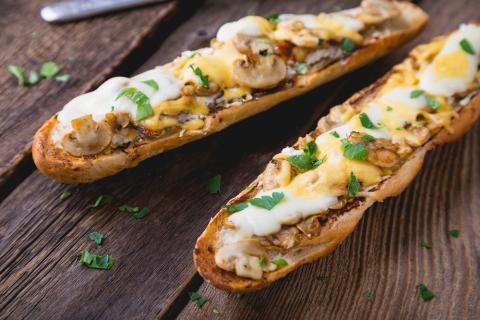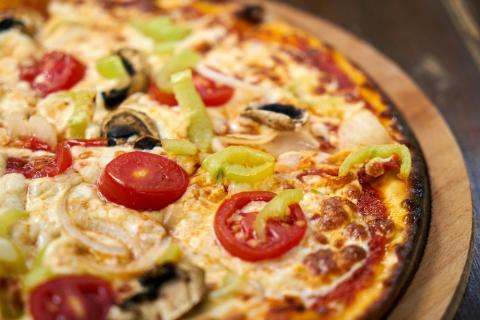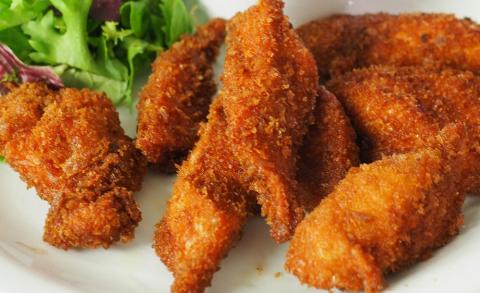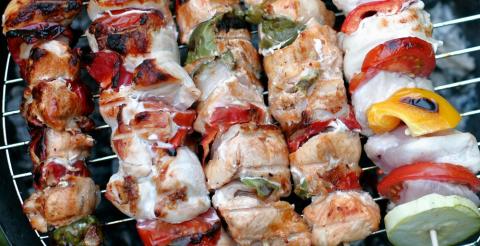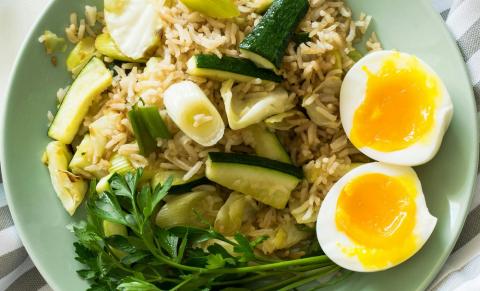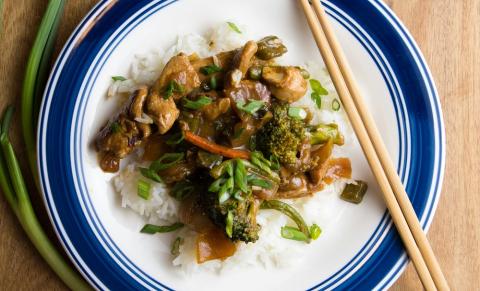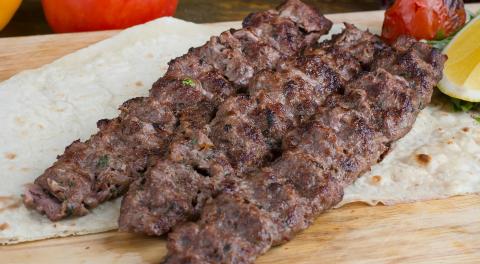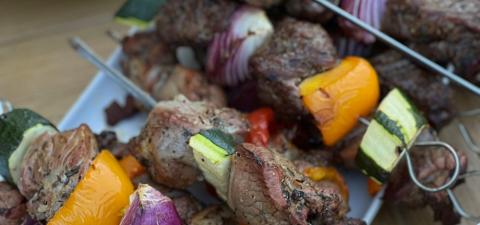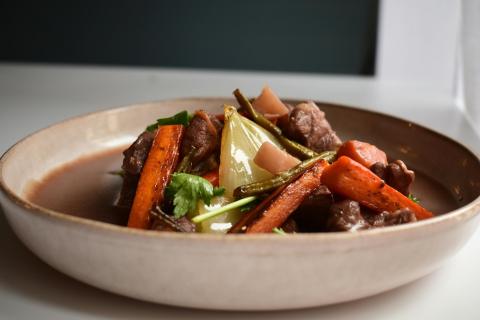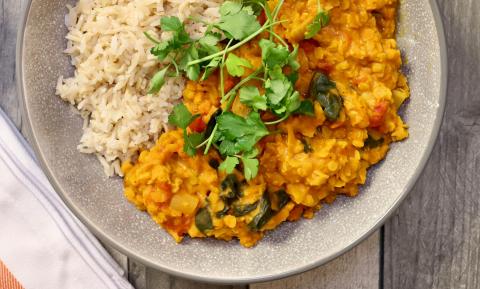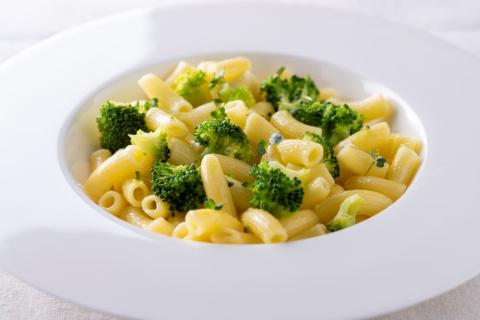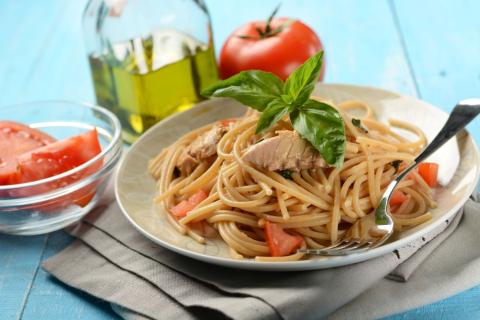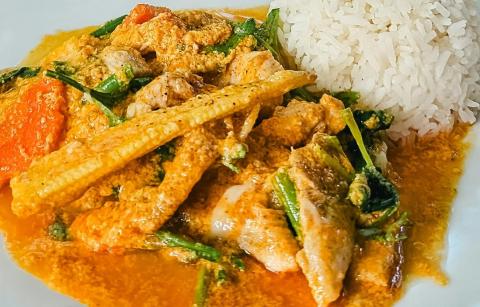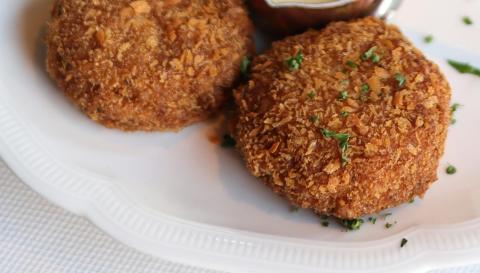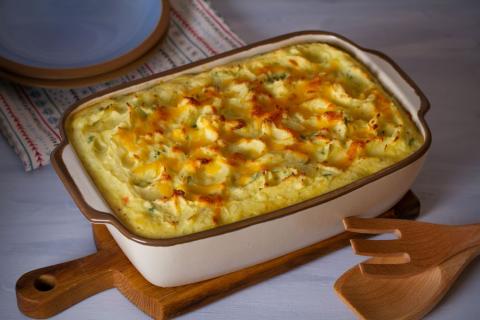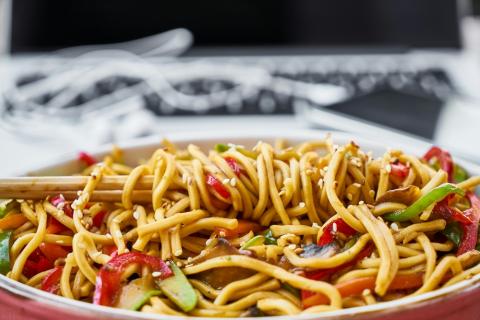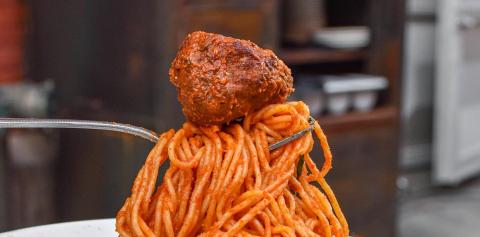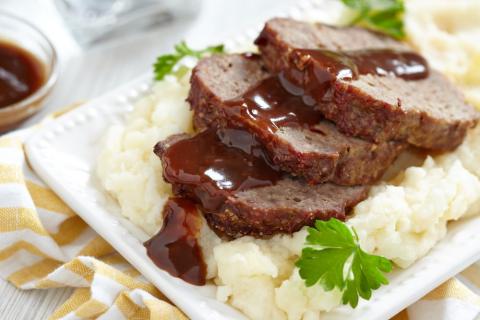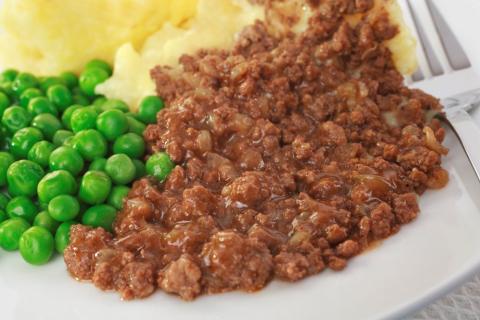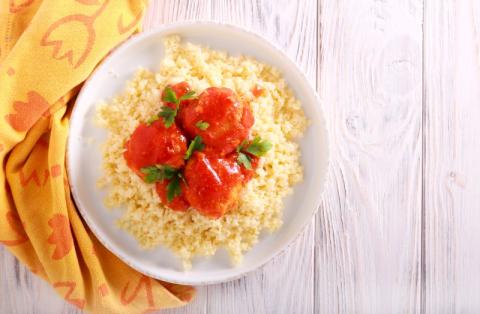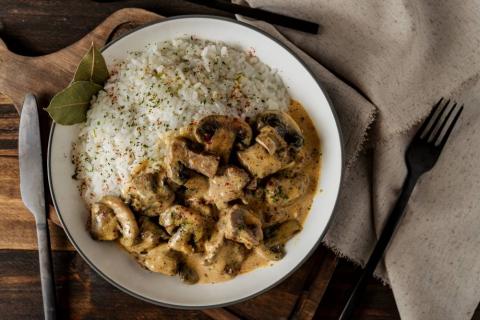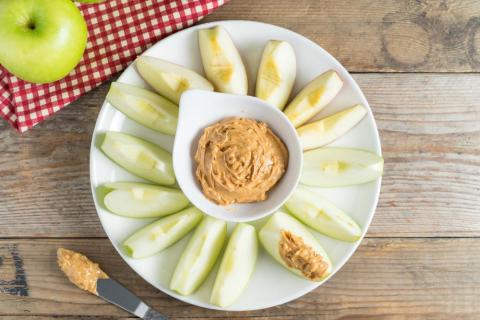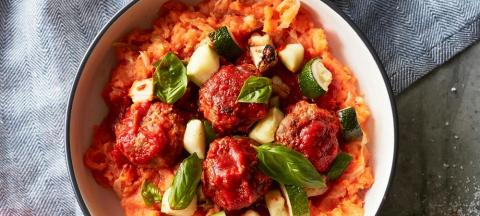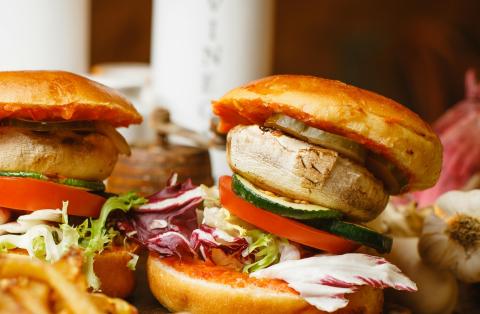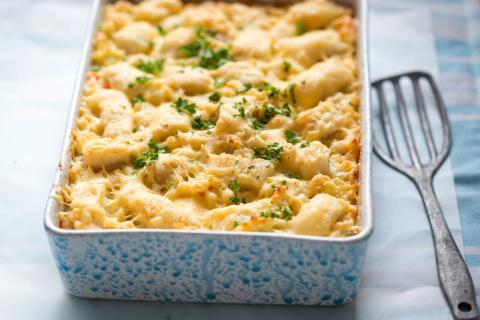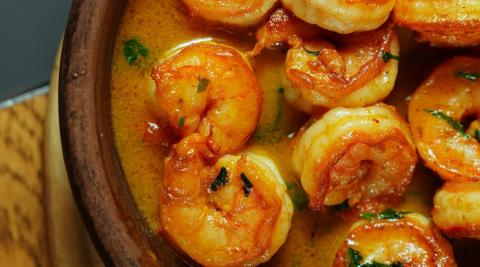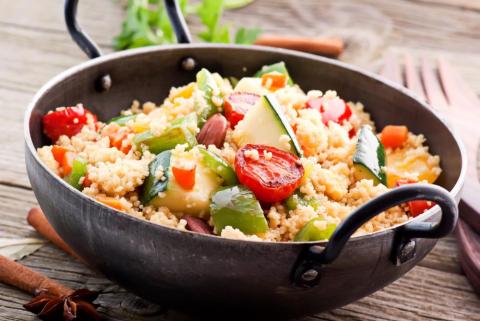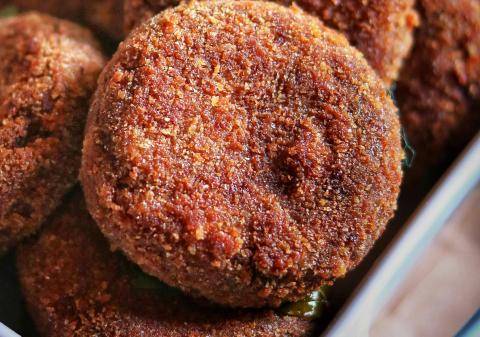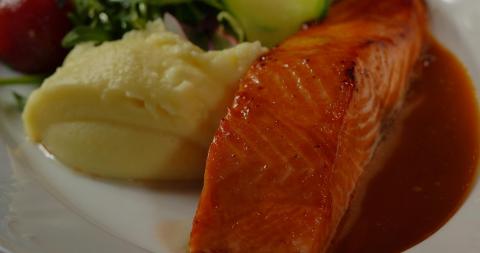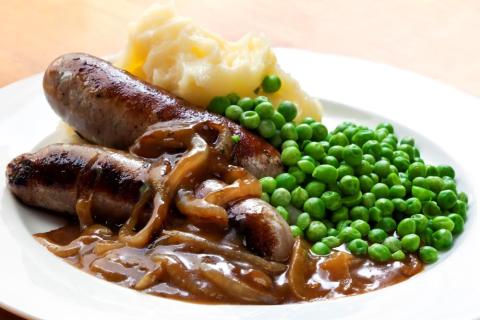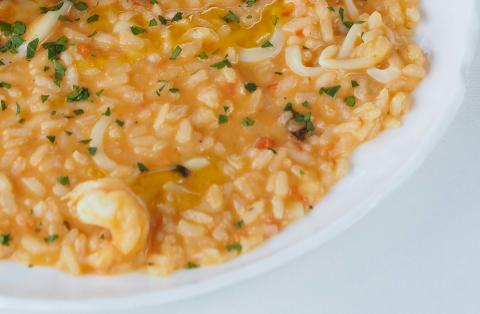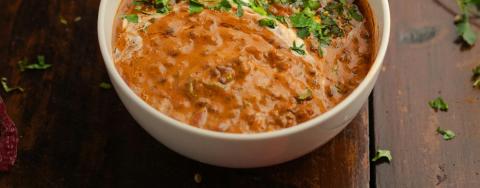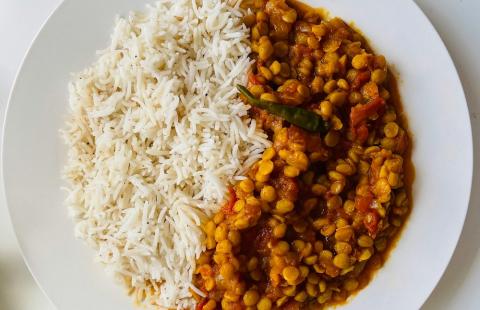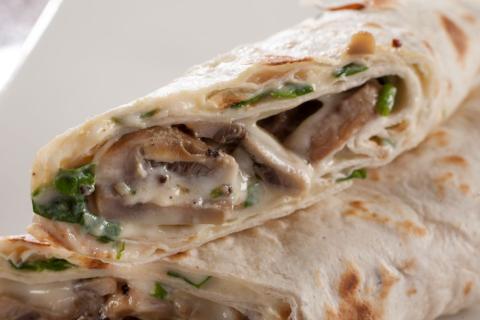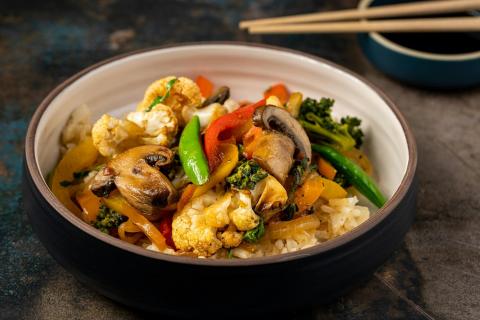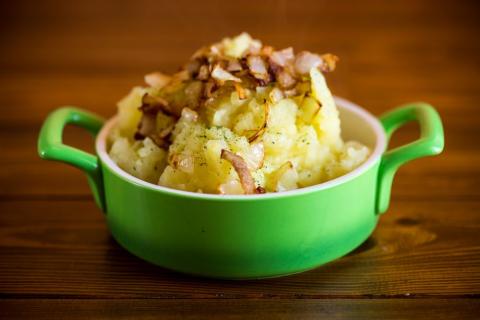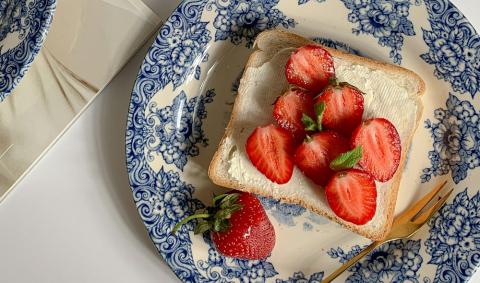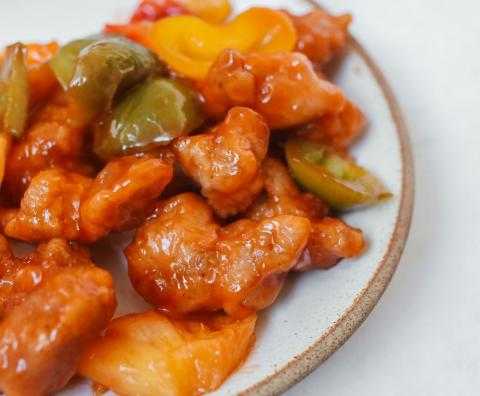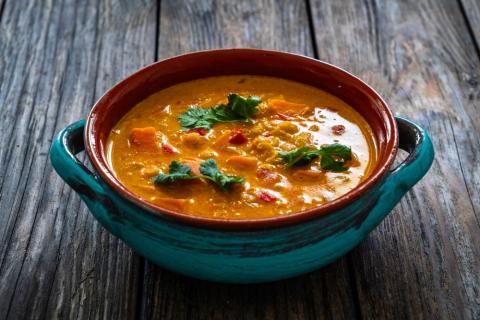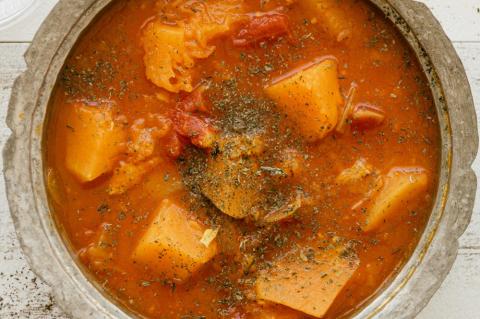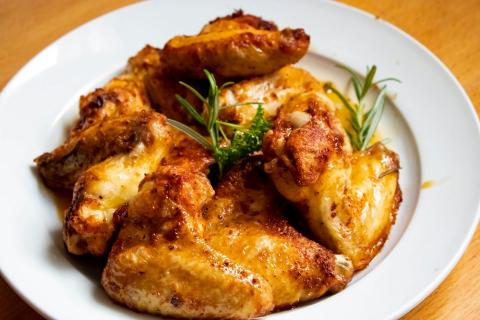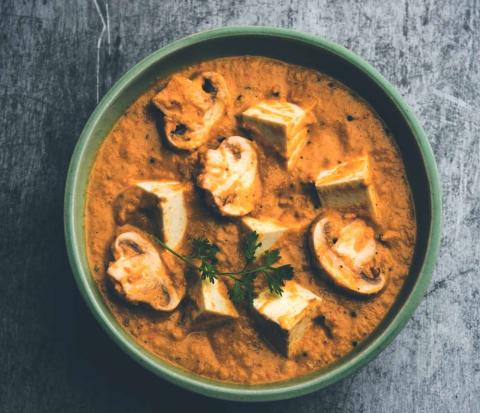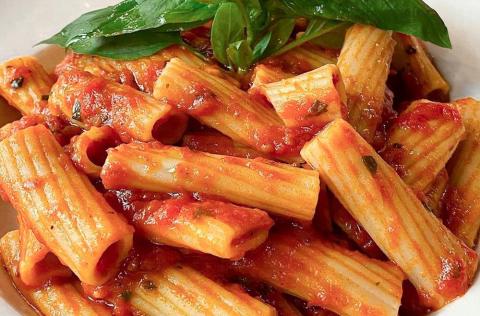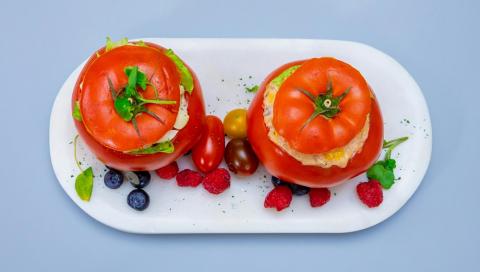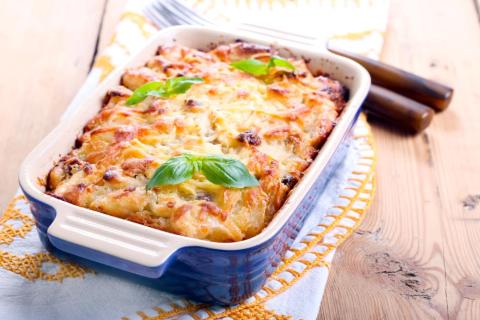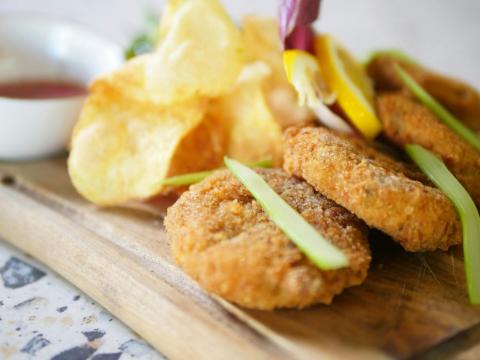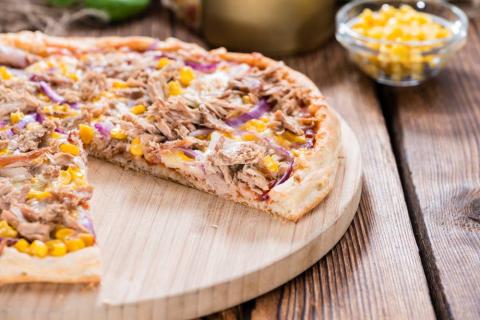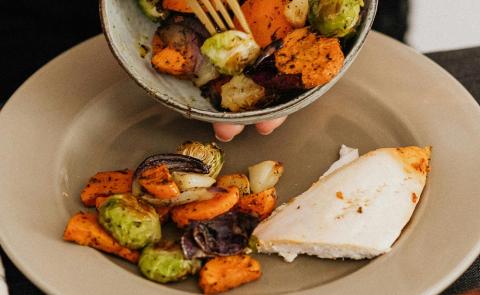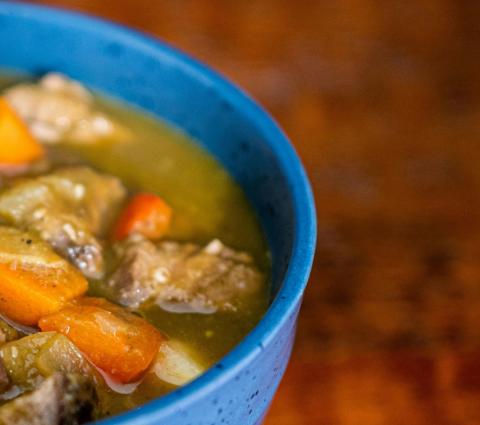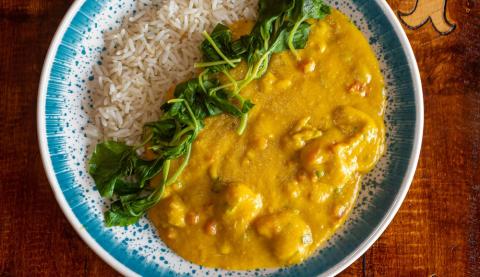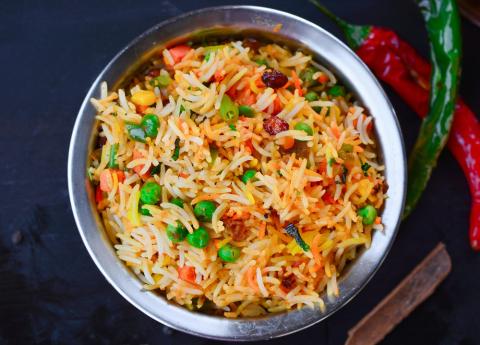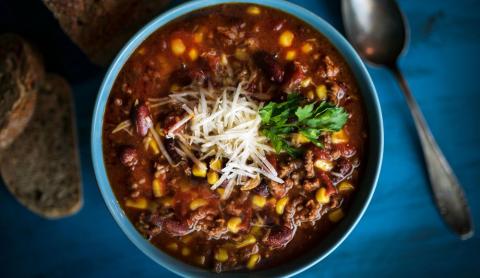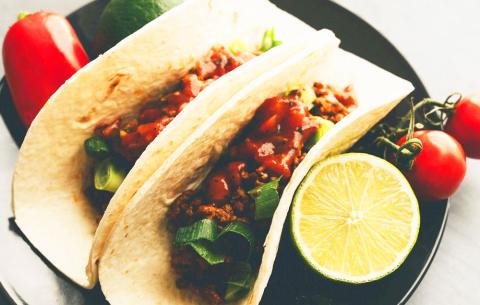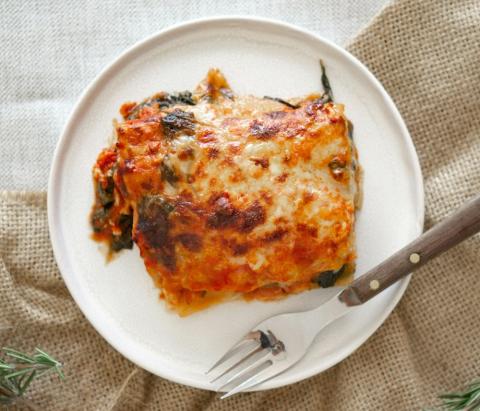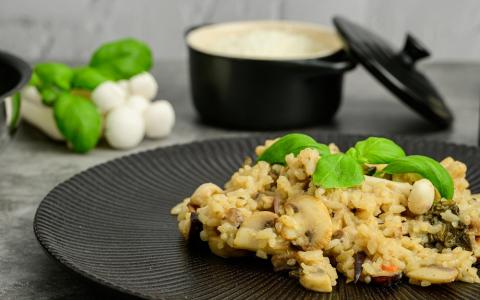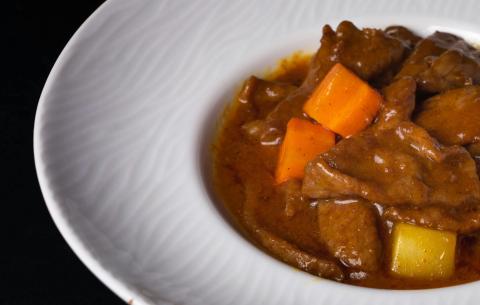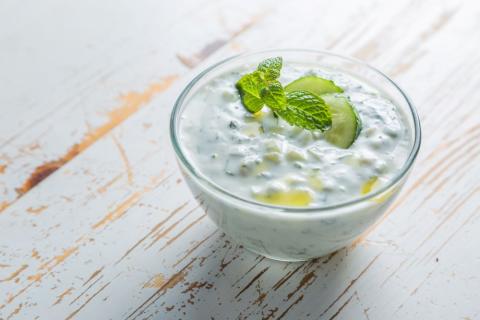- 1 lean Pack (500g) Lean Minced Beef
- 1 Cup (100g) Wholemeal Breadcrumbs
- 1 (60g) Onion
- 3 (240g) Carrots
- 2 Tablespoons (30g) Ketchup
- 2 Tablespoons (6g) Chopped Parsley
- 1 Egg
- 2 Tablespoons (30g) Barbecue Sauce
- 5 (1kg) Potatoes
- 1 Pack (225g) Green Beans
Ingredients
Allergy Disclaimer
Always check the label of each ingredient for allergy warnings.
Method
- Preheat the oven to 180°C / 160°C fan oven / 325°F / gas mark 4. Line a baking tray with greaseproof/ baking paper.
- Peel onion and one of the carrots then grate. Peel potatoes and cut into approximately 2.5cm chunks. Peel and slice the other carrots then finely chop parsley.
- Place the mince into a large bowl, add grated onions, grated carrot, breadcrumbs (see notes how to make fresh breadcrumbs), tomato ketchup, parsley and egg. Mix well using hands and add black pepper if desired.
- Shape mixture into an approximately 10cmx18cm rectangle on the baking tray. Bake in oven for 25-30 minutes.
- Meanwhile place the potatoes in a large pan and cover with boiling water. Bring the water back to the boil then reduce the heat and simmer for approximately 20 minutes.
- Place the sliced carrots and green beans into another pan, cover with boiling water and bring to the boil then reduce heat and simmer for approximately 10 minutes.
- Remove meatloaf from the oven and drain any excess fat. Spread the barbecue sauce over the top of the meatloaf and return to the oven for 5- minutes. Remove from oven and stand for 5 minutes before slicing.
- Check the potatoes and vegetables are cooked through using a fork then drain and serve with the meatloaf.
Time Saver Tips
Meatloaf can be made in advance and served cold.
Cost Saver Tips
A use of leftover vegetables. Buy mince in bulk and freeze extra for another day. Use frozen green beans instead of fresh.
Tips for Kids
They will enjoy helping to make and shape the meatloaf. Serve with their favourite vegetables.
Nutritional Information
Based on a single serving of 496g (% of an adult's reference intake)
Energy
540 kcals ( 27 %)
2,271 kJ ( 27 %)
Fat
6 g ( 30 %)
Saturates
67.5 g ( %)
Sugar
10.9 g ( 12 %)
Salt
1.5 g ( 26 %)
Detailed nutritional information
| Per 100g | Per 496g serving | |
|---|---|---|
| Energy Kcals | 109 | 540 |
| Energy Kj | 458 | 2,271 |
| Protein | 7.7 g | 38.2 g |
| Total Fat | g | g |
| Saturated Fat | 1.2 g | 6 g |
| Carbohydrates | 13.6 g | 67.5 g |
| Total Sugars | 2.2 g | 10.9 g |
| NSP Fibre | 1.3 g | 6.4 g |
| Sodium | 117 mg | 580 mg |
| Salt | 0.3 g | 1.5 g |
Find out about nutritional labelling
Nutrition labels on the front of packaging
- Most of the big supermarkets and many food manufacturers display nutritional information on the front of pre-packed food.
- Front of pack nutrition labels provide information on the number of grams of fat, saturated fat, sugars and salt and the amount of energy (in kJ and kcal) in a serving or portion of a recipe.
- The labels also include information about reference intakes (expressed as a percentage) which are guidelines about the approximate amount of particular nutrients and energy required for a healthy diet.
- The colour coding tells you at a glance if the food has high (red), medium (amber) or low (green) amounts of fat, saturated fat, sugars and salt.
- The more greens on the label, the healthier the choice
- Amber means neither high nor low, so you can eat foods with all or mostly ambers on the label most of the time.
- Reds on the label means the food is high in that nutrient and these are the foods we should cut down on. Try to eat these foods less often and in small amounts.
Food shopping tips
If you’re trying to decide which product to choose, check to see if there's a nutrition label on the front of the pack. This will help you to quickly assess how your choices stack up. You will often find a mixture of red, amber and green colour coding for the nutrients. So when you're choosing between similar products, try to go for more greens and ambers and fewer reds if you want to make a healthier choice.
 Activities & Play
Activities & Play Behaviour
Behaviour Childcare
Childcare Development & Growing Up
Development & Growing Up Family, Friends & Relationships
Family, Friends & Relationships Feeding Your Baby
Feeding Your Baby Food & Eating
Food & Eating Health & Safety
Health & Safety Mental Health & Wellbeing
Mental Health & Wellbeing Money & Work
Money & Work Online Behaviour & Safety
Online Behaviour & Safety Pregnancy & First Days
Pregnancy & First Days School & Education
School & Education Sleep
Sleep


